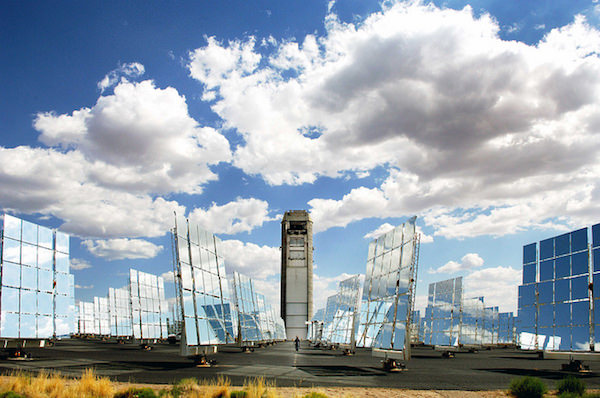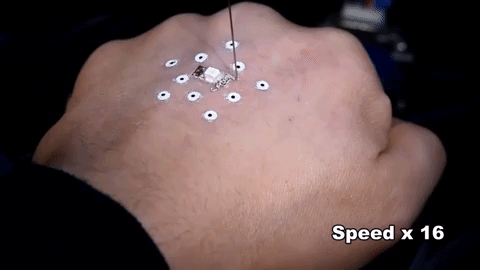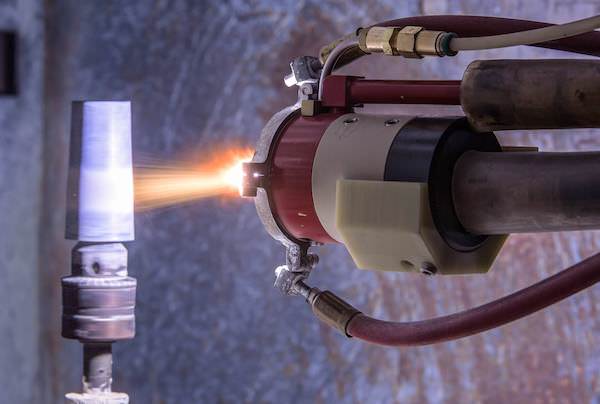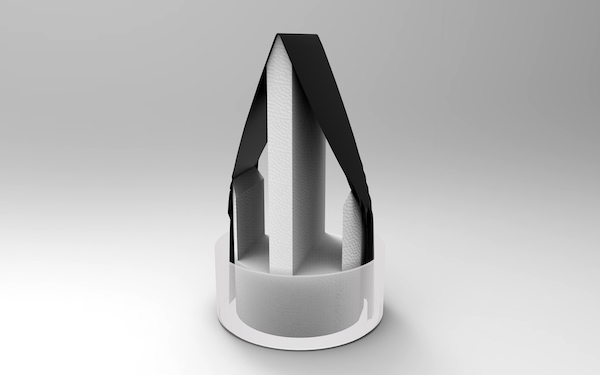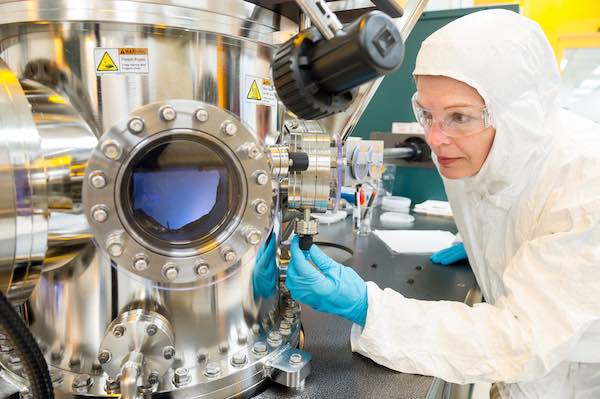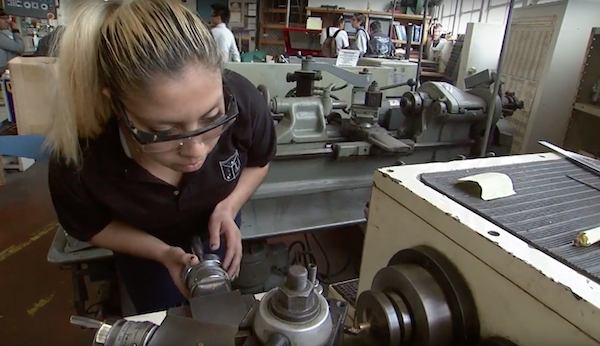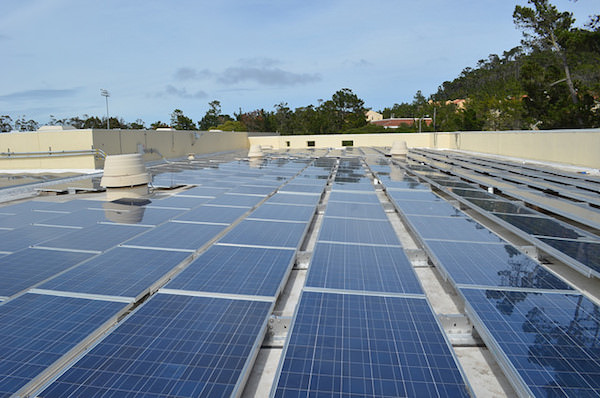Researchers have successfully used a 3-D printer to print an electronic circuit on human skin. The technology could help soldiers on the battlefield to detect chemical or biological agents, and the medical field for treating wounds and constructing skin grafts.
Read MoreResearchers have developed a novel water purification process using solar energy and carbon-coated paper. Their method could eventually be scalable for purifying water in third-world countries or in areas cut off from water due to recent disasters.
Read MoreAn initiative in Sweden is attempting to lower vehicle-based carbon emissions. eRoadArlanda uses conductive technology to power and charge electric vehicles as they travel down the road—but the verdict is still out whether or not eRoadArlanda is a practical solution.
Read MoreResearchers at the National Energy Renewable Laboratory have created a database of inorganic thin-film materials containing 10 years’ worth of research. This open-access database could accelerate research advances in advanced energy and beyond.
Read MoreThe U.S. Senate just approved a $1.3 trillion spending package that significantly increases funding for research—the plan increases R&D funding by 12.8% over 2017 figures, the largest increases to research spending in nearly a decade.
Read MoreGE Aviation is expanding two of its ceramic matrix composite manufacturing plants in North Carolina, one in Asheville and one in West Jefferson. The company will invest an additional $105 million in the plants, which manufacture jet engine components.
Read MoreThe U.S. Department of Energy recently funded 24 manufacturing research projects in the amount of $35 million to solve advanced manufacturing challenges. At the local level, businesses are partnering with academia and nonprofits to solve manufacturing’s workforce challenges.
Read MoreThe U.S. Department of Energy recently announced a competition to spur growth of sustainable energy technology. American Inventions Made Onshore will award monetary compensation to four organizations that will provide training to innovators on how to bring their research to market.
Read More
